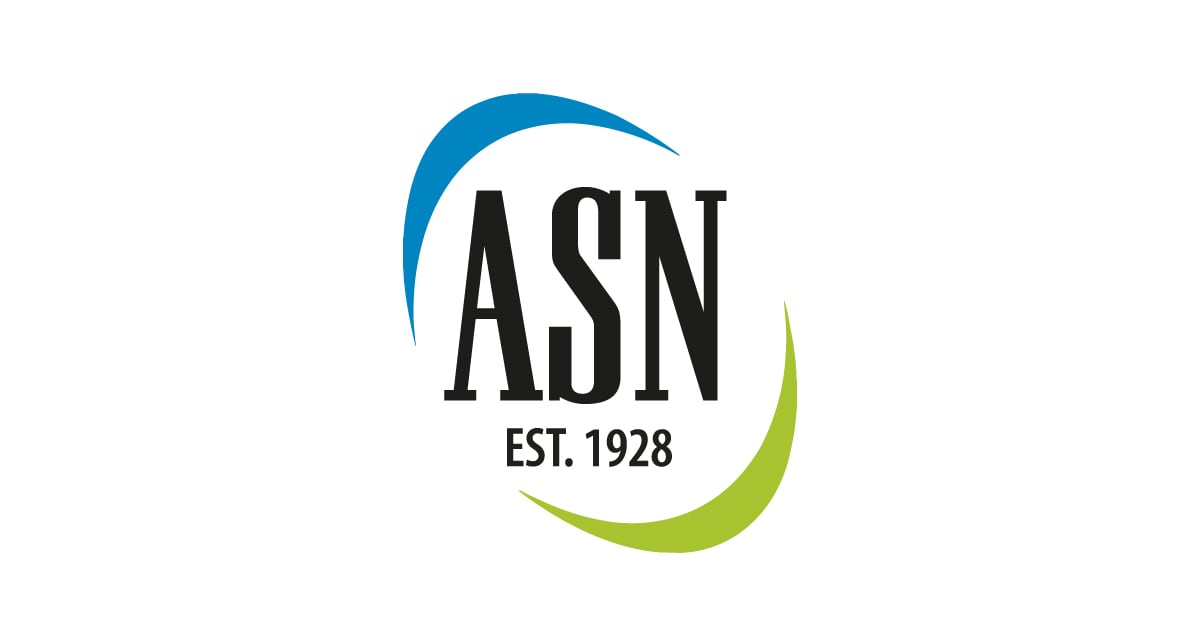By Marion Roche, PhD
At the 2014 Clinton Global Initiative in late September, former President Bill Clinton remarked that a Masaai Warrior has better access to mobile communications today using a small cell phone than he had during his presidency 25 years ago. This access to technology is providing a wealth of opportunities, including in nutrition research and programming. Cell phones are ubiquitous across the African continent and are being used increasingly as an essential part of health community plans: in the area of emergency maternal health, such as when labour stops progressing; for improving supply demands, such as when rural clinics run low on zinc and oral rehydration salts (ORS). The use of cell phones has been at the forefront of the emergence of an entire field of mobile health, known as m-health. One of the most popular uses is probably communications messaging, such as sending regular SMS reminders to parents for growth monitoring visits.
Mobile technologies also offer innovations in global nutrition research. As cell phone use across Africa increases, it becomes easier and easier to train field workers in the use of personal data assistants (PDAs), as people are more familiar with the technology from having their own cell phones. One such example from the Micronutrient Initiative (MI) is the use of PDAs for data collection in our field surveys evaluating a mass media intervention to improve zinc and ORS for the treatment of diarrhea in Senegal. Interviewers carried a PDA with questionnaires loaded onto their device. Text-prompts guided them through the questionnaire, eliminating the need for paper surveys and the logistical complications of storage and transportation that paper surveys add. In the case of our Senegal survey, the PDAs connected to the mobile network daily and sent the interviews to a central server, eliminating the step of manual data entry, as PDAs are configured to send the data directly into the digital database. Anyone who has done data entry can appreciate the extreme benefit of being able to skip this time-consuming and high-risk-for-errors step. Further, the study supervisor can check for concerns in data quality from multiple study sites on a daily basis and follow up with interviewers the next day, potentially increasing overall data quality. And just as important, the issue of lost or damaged paper questionnaires is greatly reduced.
Using PDAs for field surveys opens up other new opportunities, such as incorporating visual media into questionnaires. We were able to provide caregivers in our Senegal zinc and ORS study with pictures of the different brands of products available, giving programmers important insights. The use of images can also be helpful in surveys with dietary recalls, although this option would require preparation of uploading photos and knowing the foods and supplements available to the targeted audience in advance. After a media campaign, we could include images from television spots or radio segments to see if parents recall the ads.
Global Positioning System (GPS) is now offered with some PDAs, which can help in monitoring data quality, survey implementation, and new ways for interpreting data. For example, with the Senegal project, we have the GPS coordinates for households and a visual map of clusters, or hot spots, for diarrhea infections, enabling us to prioritize these areas for intervention. We were also able to ask families about radio stations they listened to and create a map of radio stations reaching the communities in order to develop a national mass media campaign using local radio stations. With traditional surveys it could be months before this type of information would be available.
Despite the advances in using PDAs for data gathering, there are downsides, the biggest being initial purchase costs, related software, as well as having the training and expertise to support surveys in-country. Other challenges are short battery life, theft, connectivity issues, and, in some cases, the need for accompanying paper consent forms. At MI we are fortunate to work with Canadian partner Health Bridge whose expertise and equipment support our local partners and the MI office in Senegal. Innovations in enabling access to these new technologies may be the next challenge in m-health for nutrition surveys, as we work towards systems that provide greater access to larger segments of populations in low to middle income countries.



